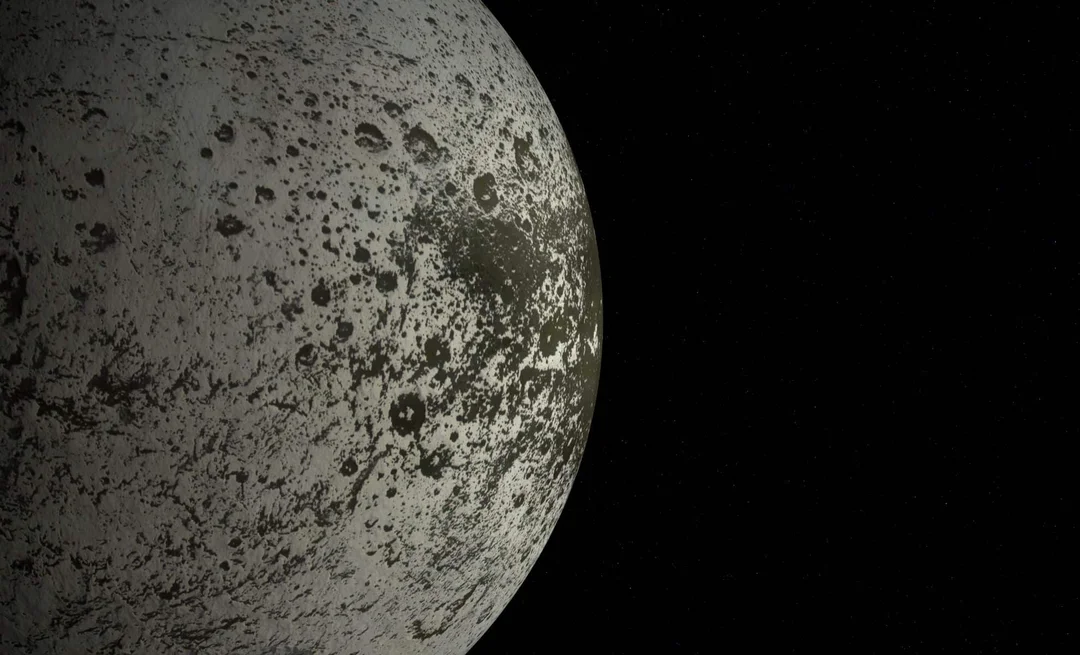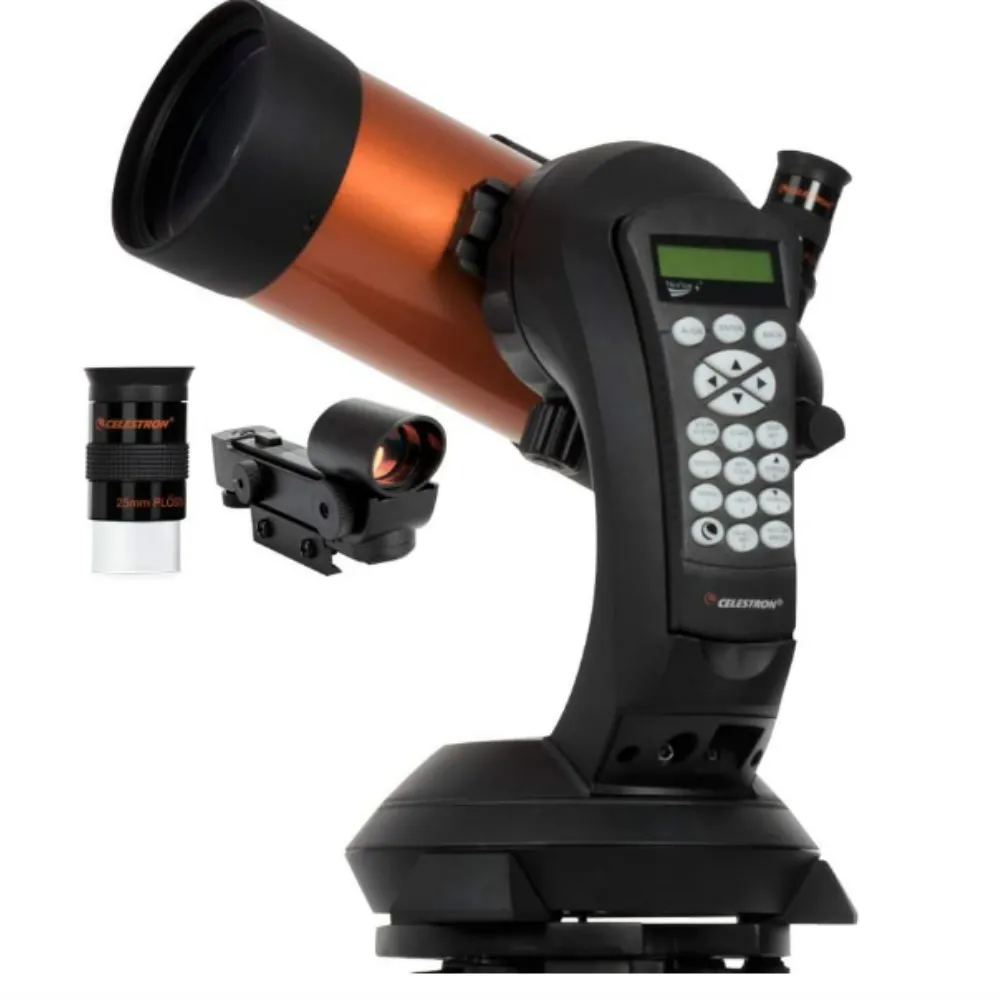
Celestial Alignment: Moon, Saturn, and Venus Grace the Pre-Dawn Sky – A Stargazer’s Delight
Calling all skywatchers! Get ready for a spectacular celestial event. This week, the pre-dawn sky will be graced by a captivating alignment of the Moon, Saturn, and Venus. This rare "parade of planets" offers a stunning cosmic performance that's well worth setting your alarm for. As the moon wanes after its last-quarter phase, the darker pre-dawn hours create the perfect backdrop for this three-planet alignment.
When and Where to Watch
The best viewing window falls between May 20th and May 24th. Here's a breakdown:
- May 20th: The moon reaches its last-quarter phase, rising around midnight.
- May 22nd: The crescent moon will appear close to Saturn an hour before dawn, with Venus shining brightly below. Don't miss the chance to spot Neptune near Saturn.

The location of the moon is shown in the night sky on May 22. Saturn can be seen close to the lower left of the moon, with Neptune just beyond. The stars of nearby constellations are outlined in blue, and a yellow circle shows the field of view of a pair of binoculars. - May 23rd: A slimmer crescent moon will sit near Venus, with Saturn remaining nearby. You might even catch "Earthshine" – sunlight reflected from Earth illuminating the dark side of the moon.
- May 24th: Your last chance to spot the moon before it disappears into the sun's glare. Look for it on the lower eastern horizon, beside Venus, with Saturn completing the lineup.
Look towards the eastern horizon. All three planets should be visible to the naked eye, with Saturn being the dimmest of the trio. For the best viewing experience, find a location away from major light pollution and grab a pair of binoculars, or ideally a telescope. For example, a telescope may even allow you to spot Neptune – invisible to the naked eye at magnitude 7.92, you will need a 4-inch telescope capable of around 150x magnification to resolve its pale blue disk, according to telescope manufacturer Celestron.

Unraveling the Mysteries of Iapetus
While you're gazing at the cosmos, consider another intriguing celestial puzzle: Saturn's moon, Iapetus. An old NASA image, recently revived on Reddit, shows the moon's unique equatorial ridge. This massive ridge stretches across much of the moon's circumference, leading to its nickname, the "Voyager Mountains."
Scientists have proposed various theories about the ridge's origin, including its formation during a period when Iapetus rotated much faster, or from material left behind by a collapsed ring system. A third hypothesis suggests the ridge consists of icy material welled up from beneath the surface.
Share Your Cosmic Views
The universe is full of wonders, from planetary alignments to mysterious moon ridges. Will you be waking up early to witness this week's planetary parade? What are your thoughts on the theories surrounding Iapetus's equatorial ridge? Share your observations and opinions in the comments below!